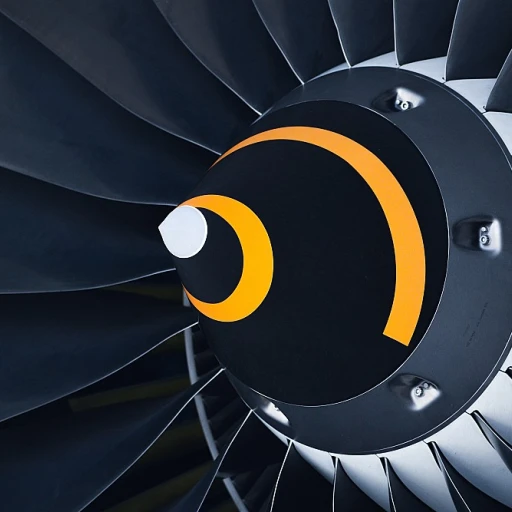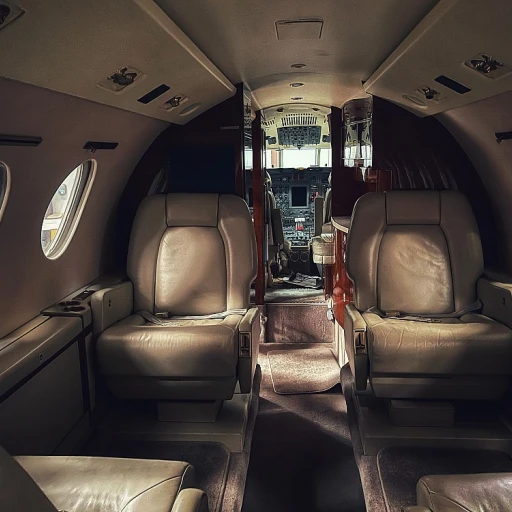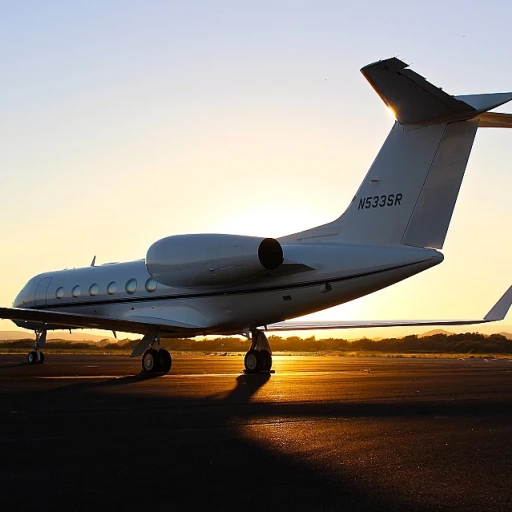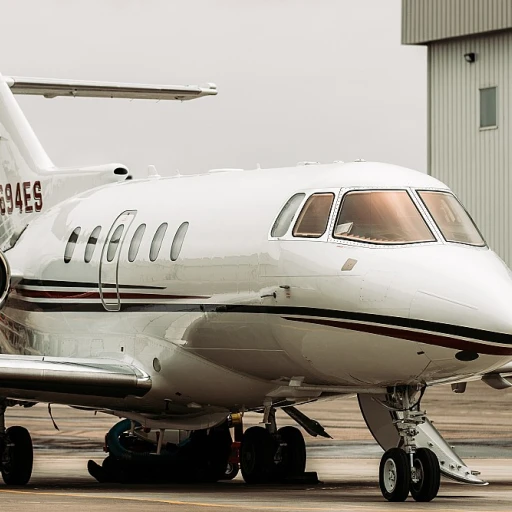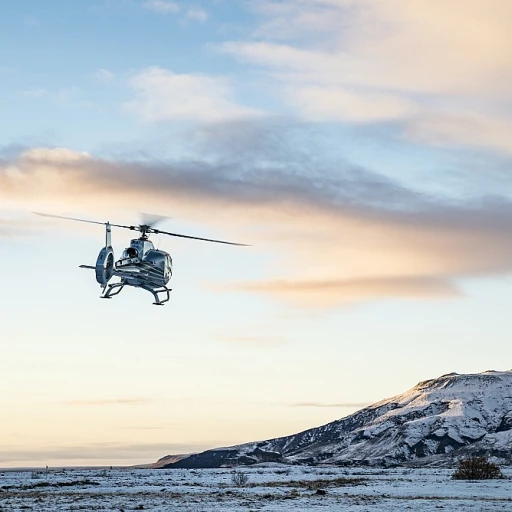
The frequency of private jet plane crashes
How often do private jets crash?
Private jet plane crashes are often sensationalized in the media, but understanding how frequent they really are is crucial. According to the Bureau of Transportation Statistics (BTS), general aviation—which includes private jets—experienced an accident rate of about 5.67 accidents per 100,000 flight hours in 2019. To layer some context, commercial airlines had a significantly lower accident rate at around 0.28 accidents per 100,000 flight hours the same year.
Among the private aircraft incidents, a significant percentage involved smaller jets and propeller-driven planes. For instance, a study by the Aircraft Owners and Pilots Association (AOPA) showed that the fatal accident rate for private jets was around 0.84 per 100,000 flight hours from 2014 to 2018. Interestingly, this number is higher compared to commercial operations but still reflects a substantial difference across different types of private aviation operations.
One of the contributing factors to the higher accident rate in private aviation is the varied experience levels of pilots. As NTSB Safety Board member Earl Weener stated, "General aviation safety is a persistent challenge, largely due to the diversity of the sector and the broad range of pilot proficiency."
However, it’s essential to also consider the improvements in safety measures and technology over recent years. While private jets crash more frequently than commercial airlines, advancements have led to a continuous decline in the number of accidents. The safest private jet models are equipped with the latest in avionic technology, contributing immensely to reducing risks and increasing safety.
Overall, despite the seemingly high accident rate in private aviation, a comprehensive approach to pilot training, stringent safety measures, and continuous technological upgrades contribute to making private jet travel increasingly safer over time.
Notable private jet crashes: case studies
Private jet accidents that shook the world
When a private jet crashes, it makes headlines, and for a good reason. These incidents are tragic and often involve high-profile individuals, making them newsworthy. Let's delve into some of the most notable private jet accidents and the impact they had on the aviation industry.
The 2002 twin engine iai astra crash in Florida
One of the most devastating incidents occurred on March 26, 2002, when a twin engine IAI Astra jet crashed into a wooded area near Fort Lauderdale, Florida. The flight, traveling from Naples to Fort Lauderdale, ended in tragedy, killing all aboard, including five passengers. According to the National Transportation Safety Board (NTSB), pilot error and inadequate pre-flight planning were significant contributing factors. This crash underscored the importance of rigorous pilot training and preparation.
The tragic 1999 crash in South Dakota
Another significant accident was the 1999 crash in a remote area of South Dakota involving a Learjet 35. The plane, which ran out of fuel, plummeted to the ground, killing all six people on board, including professional golfer Payne Stewart. An investigation by the NTSB revealed that a cabin pressure problem caused both pilots to lose consciousness, leading to this tragic event. This incident highlighted the critical need for regular aircraft maintenance and thorough pre-flight checks.
The 2019 crash in Bath County, Virginia
In 2019, a crisis struck closer to home. A small private jet was attempting an emergency landing at Ingalls Field Airport in Hot Springs, Virginia. Unfortunately, the aircraft crashed before reaching the runway, resulting in the deaths of all on board. According to the Virginia State Police and the National Transportation Safety Board's findings, icing on the wings and pilot error were to blame. This unfortunate event led to heightened awareness and stricter guidelines for flying in adverse weather conditions.
The Ohio plane crash of 2015
In a harrowing incident, a small private plane crashed into two homes in Akron, Ohio, in 2015, killing all nine people on board. The NTSB investigation revealed that the aircraft, a Hawker 125-700 twin-engine jet, went down due to pilot error in attempting an unstable approach. The crash once again brought attention to the importance of airstrip safety and the competence required for landing in challenging conditions.
The 2021 Virginia crash revisited
In a case that modernized our perception of aviation safety, a mid-sized private jet crashed into Lake Champlain in 2021. The jet, attempting to land at Burlington International Airport following an emergency, ended tragically in the water, with all six people on board perishing. Investigations attributed the crash to mechanical failure and highlighted the need for cutting-edge technology to improve safety in private aviation. Find out more about these technological advancements here.
Despite these unfortunate events, it's essential to realize that every crash leads to stricter rules, better technology, and improved safety measures, ultimately making the skies safer for everyone.
Expert insights on private jet safety
Insights from seasoned industry experts
When it comes to private jet safety, the first people who come to mind are usually pilots and engineers. However, several seasoned industry experts also provide valuable insights into this topic, including safety protocols and advanced aviation technologies.
According to Robert Sumwalt, former chairman of the National Transportation Safety Board (NTSB), “Safety in the realm of private jet aviation is paramount, yet often misunderstood. The intricacies involved in maintaining and flying these aircraft are extensive and require a high level of expertise.”
Marion Blakey, former head of the Federal Aviation Administration (FAA), echoes this sentiment. She highlights that a significant portion of private jet accidents comes down to factors that could've been prevented with more rigorous safety measures and training.
The impact of rigorous training and certification
Vincent Dickey, an experienced private jet pilot who has logged over 15,000 hours in the cockpit, puts it simply: “Training saves lives.” Demanding and ongoing training for pilots is essential not only for initial certification but also for ongoing proficiency. The FAA mandates recurrent training and checks biannually for all pilots flying under Part 135 (charter) operations.
An enlightening statistic reported by AINonline states that pilot error accounts for roughly 60% of general aviation accidents, including those involving private jets. Implementing stringent training programs can greatly mitigate these risks.
The growing role of advanced technology
Experts like Ian Horowitz from Bombardier and others in the industry emphasize the evolving role of technology in enhancing safety. One notable technological advancement includes the integration of AI in private jet systems. These systems monitor real-time flight data, instantly flagging potential mechanical issues or risky flight patterns.
Horowitz points out, “The cutting-edge software and AI systems in modern private jets can provide a level of situational awareness that simply wasn't possible 10 years ago.” Learn more about how technological advancements contribute to the speed and safety of private jets here.
Expert recommendations on enhancing safety
An increasing number of experts are now recommending that aircraft operators adopt Safety Management Systems (SMS). As described by the International Business Aviation Council (IBAC): “SMS provides a structured management system to control risk and assure the effectiveness of safety risk controls.”
Furthermore, Mark Larsen from NBAA states, “Incorporating an SMS into flight operations enhances safety by fostering a proactive rather than reactive approach to risk management.”
Public and industry perspectives
It's evident that expert insights shape not only regulations and procedures but also the general public’s perception of private jet safety. While the sensationalism of crashes might dominate the headlines, the grounded expertise and continuous innovations behind the scenes tell a different story.
In conclusion, as experts continue to share their knowledge and push boundaries with technology and training, the future seems promising for heightened safety in private aviation. For more nuanced discussions on safety in luxury aviation, you can explore additional insights here.
Common causes of private jet crashes
What typically causes private jet accidents
Private jet crashes might seem rare compared to commercial airline accidents, but they do occur, and understanding why is crucial for enhancing safety. The main causes of private jet crashes are surprisingly diverse and multifaceted, often requiring a mix of preventive measures to address. Here's an exploration of some common causes.
Pilot error
One of the leading factors in private jet crashes is pilot error. According to the Federal Aviation Administration (FAA), a significant number of general aviation accidents are caused by human error. For example, the tragic 2014 crash of a Bombardier Challenger 600 in Aspen, Colorado, resulted from the pilot misjudging the approach and descent. These errors often include miscommunication, misjudgment during critical phases of flight, and inadequate training or fatigue.
Mechanical failure
Mechanical failures, though less frequent than pilot error, still pose a considerable risk. Engines, avionics, and other critical aircraft systems can sometimes fail due to poor maintenance or undetected defects. A notable incident includes the 2012 crash of a twin-engine IAI Astra near Naples, Florida. The investigation revealed that improper maintenance led to the failure of a crucial component mid-flight, causing the aircraft to lose control.
Weather conditions
Adverse weather conditions play a pivotal role in private jet crashes. Sudden changes in weather, particularly turbulence, fog, and thunderstorms, have led to numerous incidents. The notorious 1999 crash of a Learjet 35 near South Dakota, which killed golfer Payne Stewart, was attributed to the pilots' inability to cope with unexpected bad weather and cabin depressurization.
Runway accidents
Runway incidents, including overshooting and collisions during takeoff or landing, also contribute to private jet accidents. The Aspen crash mentioned earlier is a prime example of a runway mishap where the aircraft didn't have sufficient runway length to abort landing safely.
Controlled flight into terrain (CFIT)
CFIT accidents, where an airworthy aircraft is inadvertently flown into the ground, a mountain, or water, also account for many crashes. These incidents often occur when pilots are unable to see the terrain due to poor visibility and fail to heed onboard warnings. The 2007 crash of a Cessna Citation 550 in Bath County, Virginia, is a classic case of CFIT, leading to a tragic outcome.
Fuel mismanagement
Another critical factor is fuel mismanagement. Running out of fuel or improper fuel calculation can lead to crashes, generally happening when a pilot underestimates the fuel required or due to a miscommunication about fuel levels. The 1989 crash of a Piper Navajo in Ohio, which resulted in fatalities, was caused by fuel starvation during the descent phase.
These causes underscore the complexity and multiple factors involved in private jet accidents. Each incident prompts the aviation community to reassess and strengthen safety protocols to prevent recurrence. For further information on safety measures, part 5 discusses comprehensive guidelines and regulations.
Safety measures and regulations in private aviation
Essential safety protocols and regulations in private aviation
Private jets are often perceived as epitomes of luxury and convenience. However, it’s essential to understand the stringent safety measures and regulations in place to maintain their impeccable safety records. The National Transportation Safety Board (NTSB) and the Federal Aviation Administration (FAA) are pivotal agencies in ensuring aviation safety in the US, governing regulations that private jets must strictly adhere to.
The inspections and certifications, and the minutest details in maintenance, follow stringent guidelines set by these authorities. For instance, the FAA mandates that private jets undergo regular inspections, and parts must be certified for specific flight hours before replacement. Any overlooked or delayed maintenance can result in significant penalties and operational constraints.
Detailed maintenance schedules and routine inspections
The FAA mandates comprehensive safety checks at regular intervals. For instance, scheduled maintenance must occur much more frequently for private jets than commercial aircraft. An average private jet undergoes major overhauls every 12-24 months depending on usage. Critical components such as engines, avionics, and even minor parts like tires undergo periodic checks. This level of diligence is crucial in preventing unforeseen issues and maintaining the aircraft's airworthiness.
Advanced training for pilots
Well-trained pilots are another pillar of private jet safety. Training programs provided by specialists like FlightSafety International or CAE involve simulators that mimic potential emergency scenarios. These programs are aligned with FAA regulations to ensure pilots are well-prepared for any in-flight emergencies. In 2021, the FAA introduced more rigorous psychological and physical assessments for general aviation pilots, including those flying private jets, to ensure they are fit to manage the aircraft safely.
Modern technological advancements
Technology continues to evolve, playing a massive role in aviation safety. Modern private jets feature advanced weather radar systems, collision avoidance systems (TCAS), and enhanced vision systems (EVS) that provide pilots with superior situational awareness. The implementation of Automatic Dependent Surveillance-Broadcast (ADS-B) helps air traffic controllers monitor aircraft positions more accurately. Many private jets now include satellite-based navigation systems that allow for more precise and safe routing.
Regulatory oversight and consistent updates
Regulatory agencies continually update their standards to keep pace with technological advancements and emerging threats. Recent updates from the FAA have included cybersecurity measures due to the increasing reliance on computerized systems. Both the NTSB and FAA's regulations on cyber security are crucial for preventing potential hacks and ensuring secure communication channels within the aircraft electronics.
Focus on the human factor
“A significant focus remains on the human element of aviation safety, training programs emphasizing emergency preparedness and decision-making under pressure,” says aviation expert John Hansman, a professor at MIT specializing in aviation operations and safety. The need for a well-coordinated crew capable of handling high-stress situations is paramount in maintaining private jet safety.
Understanding these rigorous measures provides reassurance that, despite the risks, private jet travel remains one of the safest modes of transportation. The continuous dedication to adopting and adhering to these measures ensures that general aviation accidents are kept to a minimum, preserving the trust and safety of those who choose private aviation.
The role of the pilot in ensuring safety
The human element in private jet safety
When it comes to ensuring the safety of a private jet, the role of the pilot is absolutely crucial. Private jet pilots bear immense responsibilities and must remain vigilant at all times. According to the Federal Aviation Administration (FAA), pilot error is a leading cause of general aviation accidents, including those involving private jets. Internationally, the National Transportation Safety Board (NTSB) also emphasizes the importance of pilot expertise and decision-making in preventing accidents.
Pilot training and certification
A private jet pilot undergoes rigorous training and certification to ensure they are equipped to handle the complexities of flying such sophisticated aircraft. They need a commercial pilot's license, followed by type ratings for the specific aircraft they would be flying. In the United States, private jet pilots are required to log numerous hours of flight time, including complex maneuvers and emergency procedures, before obtaining their licenses.
A case in point is the tragic crash near Hot Springs, Virginia in 2004 involving a twin-engine IAI Astra. Investigations revealed that the pilot had significantly fewer hours on the IAI Astra, and this lack of experience was a contribution to the accident. The incident underscored the need for thorough training and experience in flying specific types of jets.
The importance of continuous education and training
Even after obtaining their licenses, pilots need to engage in continuous education and training. Regular simulator training sessions are mandatory to keep their skills sharp and to update them on new safety protocols and aircraft systems. The importance of continuous training was highlighted in a report by the Aircraft Owners and Pilots Association (AOPA) which found that ongoing training significantly reduces the risk of accidents.
Human factors and decision-making
Beyond technical skills, human factors and decision-making play a pivotal role in flight safety. Factors such as fatigue, stress, and even interpersonal dynamics within the cockpit can impact a pilot's performance. A study by the Harvard Business Review illuminated how crew resource management (CRM) training helps pilots improve communication and decision-making skills, which are crucial during in-flight emergencies.
Private jets often operate under a different set of pressures compared to commercial flights. The desire to meet the expectations of wealthy and influential passengers can sometimes lead to risky decisions. A notable case is the 2002 crash of a small private jet in Bath County, Virginia, where the pilot's decision to proceed with the flight despite poor weather conditions was a significant factor.
Collaboration and oversight
Ensuring the safety of private jets also involves collaboration between pilots, maintenance crews, and aviation safety organizations. The FAA and NTSB provide oversight and regulations that govern pilot operations and training. These organizations conduct regular audits and inspections to ensure that pilots and maintenance crews adhere to safety standards.
Ultimately, the role of the pilot in ensuring the safety of private jets is multifaceted. It requires a combination of extensive training, continuous education, sound decision-making, and stringent adherence to safety protocols. The human element is an indelible part of the aviation safety equation.
Technological advancements in private jet safety
The evolution of private jet technology for safety enhancement
In recent years, the aviation industry has made significant strides in developing technologies aimed at bolstering the safety of private jet operations. The focus has primarily been on mitigating risks associated with mechanical failures, human error, and adverse weather conditions. According to the National Transportation Safety Board (NTSB), technological advancements have played a pivotal role in reducing the frequency and severity of private jet crashes.
A key innovation in this sphere is the advent of enhanced situational awareness systems. Modern private jets are now equipped with state-of-the-art avionics that provide pilots with real-time data on aircraft performance, weather patterns, and potential hazards. One standout example is the Engineered Arresting Systems Corporation's (ESCO) EMASMAX, which can safely stop an aircraft that overruns the runway, significantly reducing the risk of accidents.
Moreover, the development of automated flight control systems such as the Garmin G3000 is another noteworthy advancement. These systems aid pilots in managing flight operations more efficiently and provide error-checking functionalities that can prevent accidents caused by human error. The Federal Aviation Administration (FAA) has been at the forefront of endorsing such technologies, contributing to an increase in their adoption across the aviation sector.
Another significant technological innovation is the introduction of predictive maintenance programs powered by artificial intelligence (AI). These systems analyze vast amounts of data from various aircraft components to forecast potential failures before they occur. Predictive maintenance has been particularly effective in reducing the number of in-flight emergencies and enhancing overall aircraft reliability. Bombardier's Smart Link Plus, for instance, offers real-time health monitoring and diagnostics, allowing operators to address maintenance issues proactively.
Furthermore, collision avoidance systems have become increasingly sophisticated. The Traffic Alert and Collision Avoidance System (TCAS), commonly installed in private jets, alerts pilots to potential in-air collisions, preventing mid-air accidents. The National Business Aviation Association (NBAA) has highlighted the effectiveness of TCAS in significantly reducing the risk of collision.
The integration of these technologies into private jets underscores the industry's commitment to elevating safety standards. According to the NTSB, the continuous innovation and application of advanced technologies have positively influenced the safety records of private aviation.
As these advancements become more prevalent, private jet operators are expected to adopt them widely, further enhancing the safety and reliability of private air travel. The future looks promising, with ongoing research and development aimed at uncovering even more sophisticated technologies to safeguard the skies.
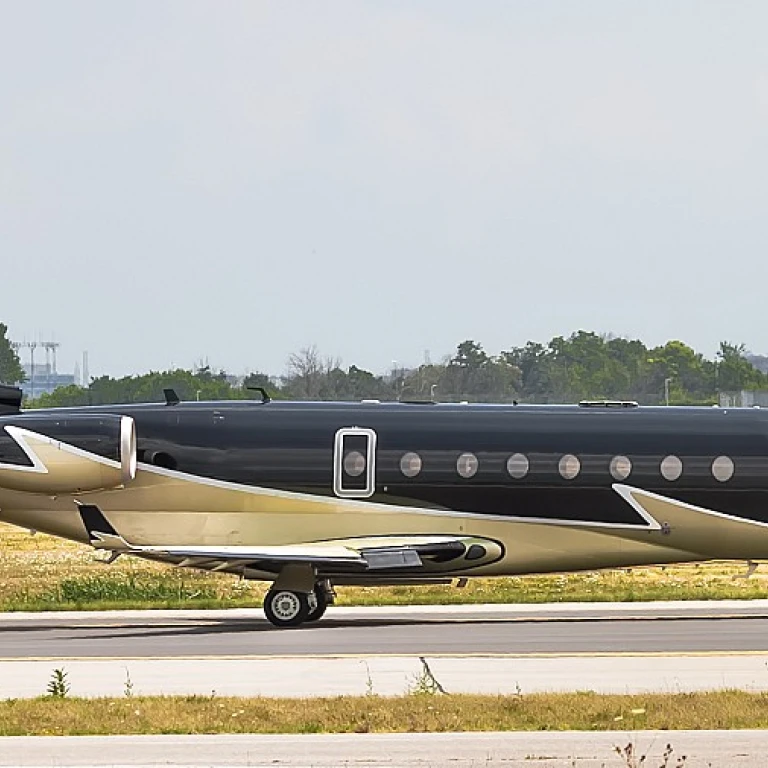
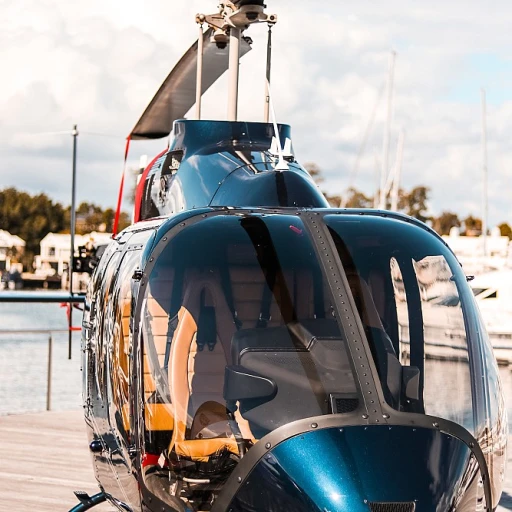
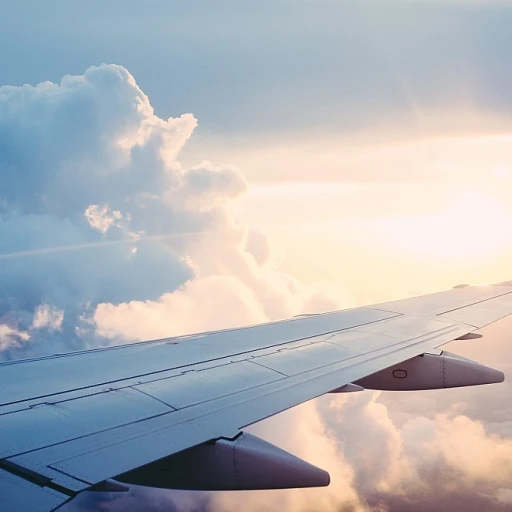
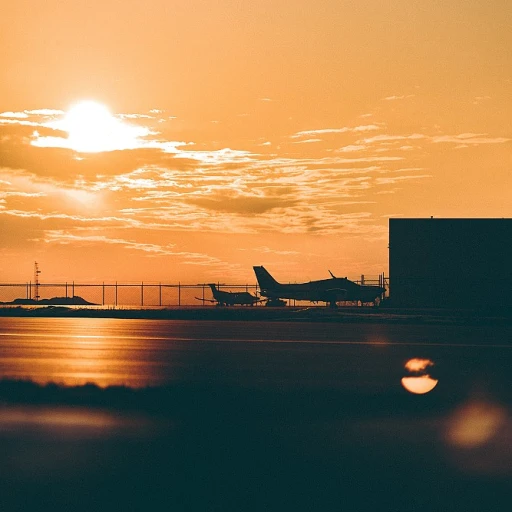
-large-teaser.webp)
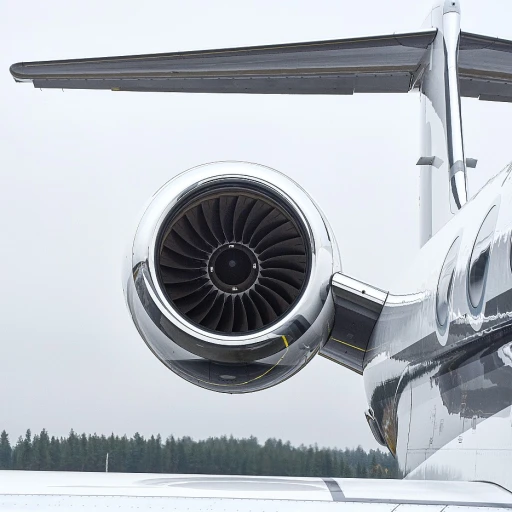
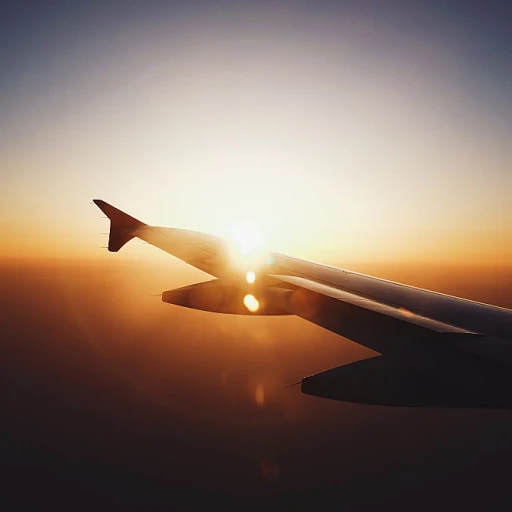
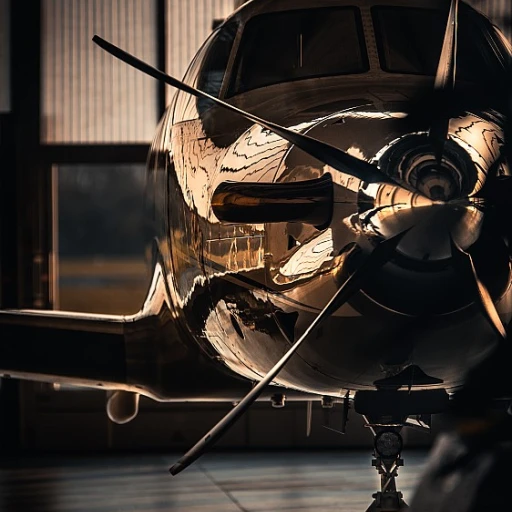
-large-teaser.webp)
